Blog
Foodie Fun On The South American Epic
Ah, the tastes of South America! When people think of the food scene on that vast continent they generally picture ceviche and Pisco sours in Peru or steak and bold red wines in Argentina. There are, however, some other, less-known highlights of the culinary scene that one can visit, ideally while riding the South American Epic Cycling Expedition.
Here are 6 of my favourites:
KGB Cartagena, Colombia
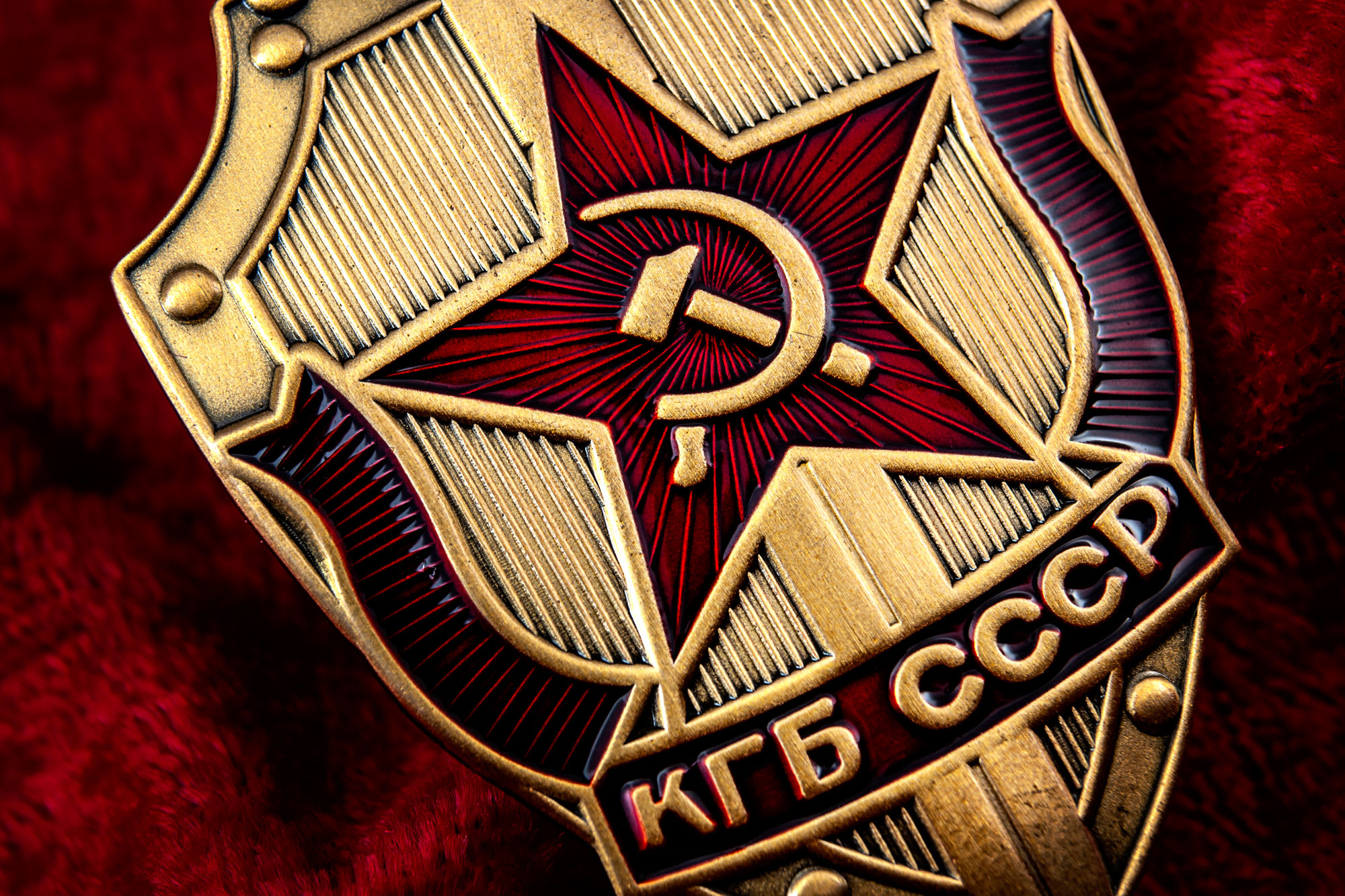
Soviet KGB medal
Cartagena is well-known for its historic UNESCO World Heritage Sites, stunning colonial heritage and sun-soaked beaches but did you know that in the middle of the city’s Centro Historico, you can enjoy a drink or two surrounded by an extensive collection of KGB memorabilia? Look for the mural of Lenin on the outside. Inside? Kitsch galore! Soviet era cartoons and military parades on tap, guns, helmets, servers dressed as KBG officers and a back area made into a replica of the inside of a Soviet submarine. Crack open an authentic Baltika beer from the Motherland and enjoy the retro vibe.
La Puerta Falsa, Bogota, Colombia
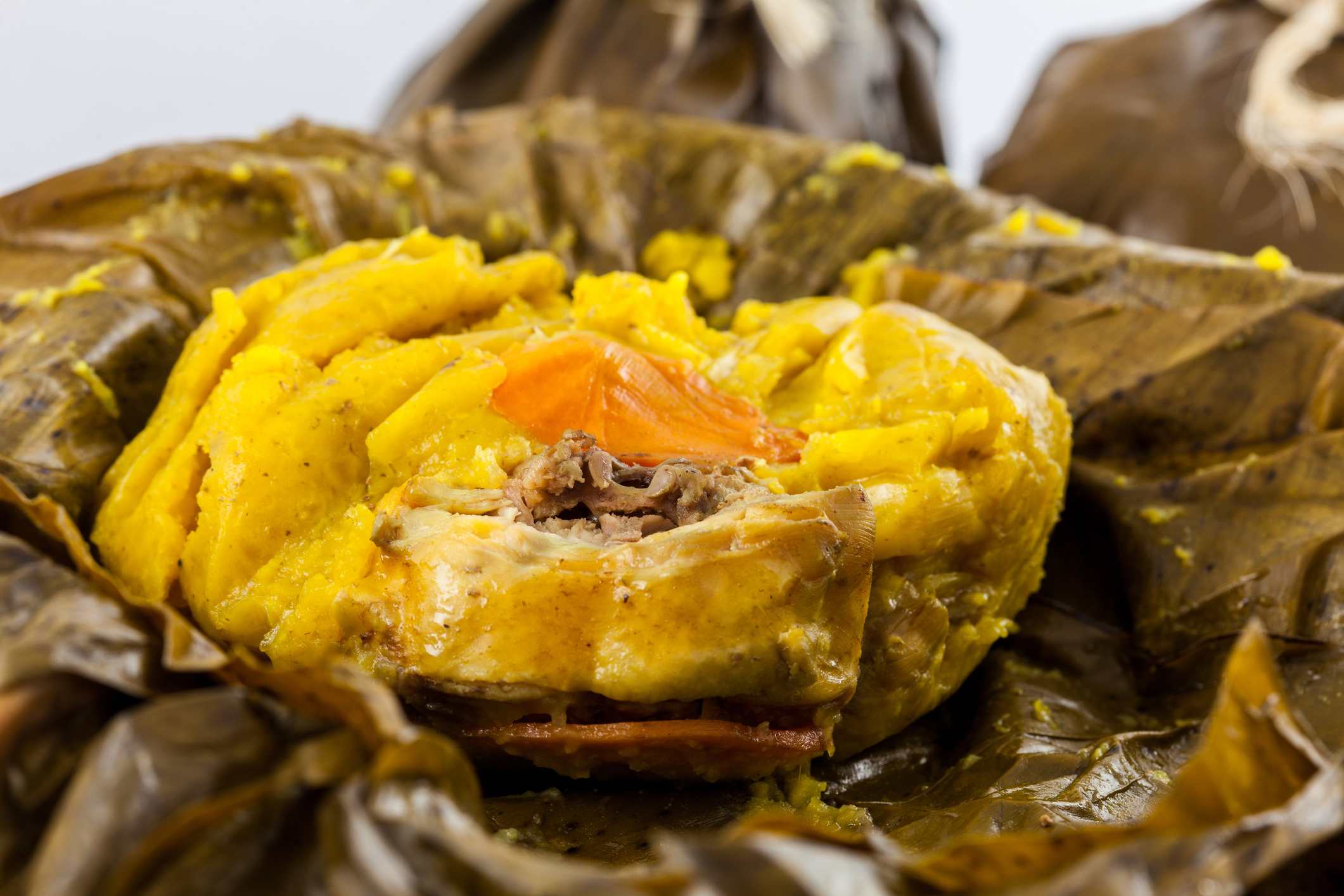
Colombian tamale
After a day of exploring Bogota’s oldest neighbourhood, La Candelaria, be sure to slip into one of the city’s oldest and most traditional restaurants. La Puerta Falsa (The False Door), seats maybe 20, has been around for over 200 years and offers up a simple menu of tamales, bowls of ajiaco soup (chicken and potatoes) and chocolate completo, a traditional Colombian hot chocolate with cheese, buttered bread, and a biscuit. In fact, the late Anthony Bourdain choose to try the tamales at this hole in the wall and, as he sank his knife into a succulent Bogotá tamale, exclaimed it was a “thing of beauty.” High praise indeed!
Coca Museum, Cusco, Peru
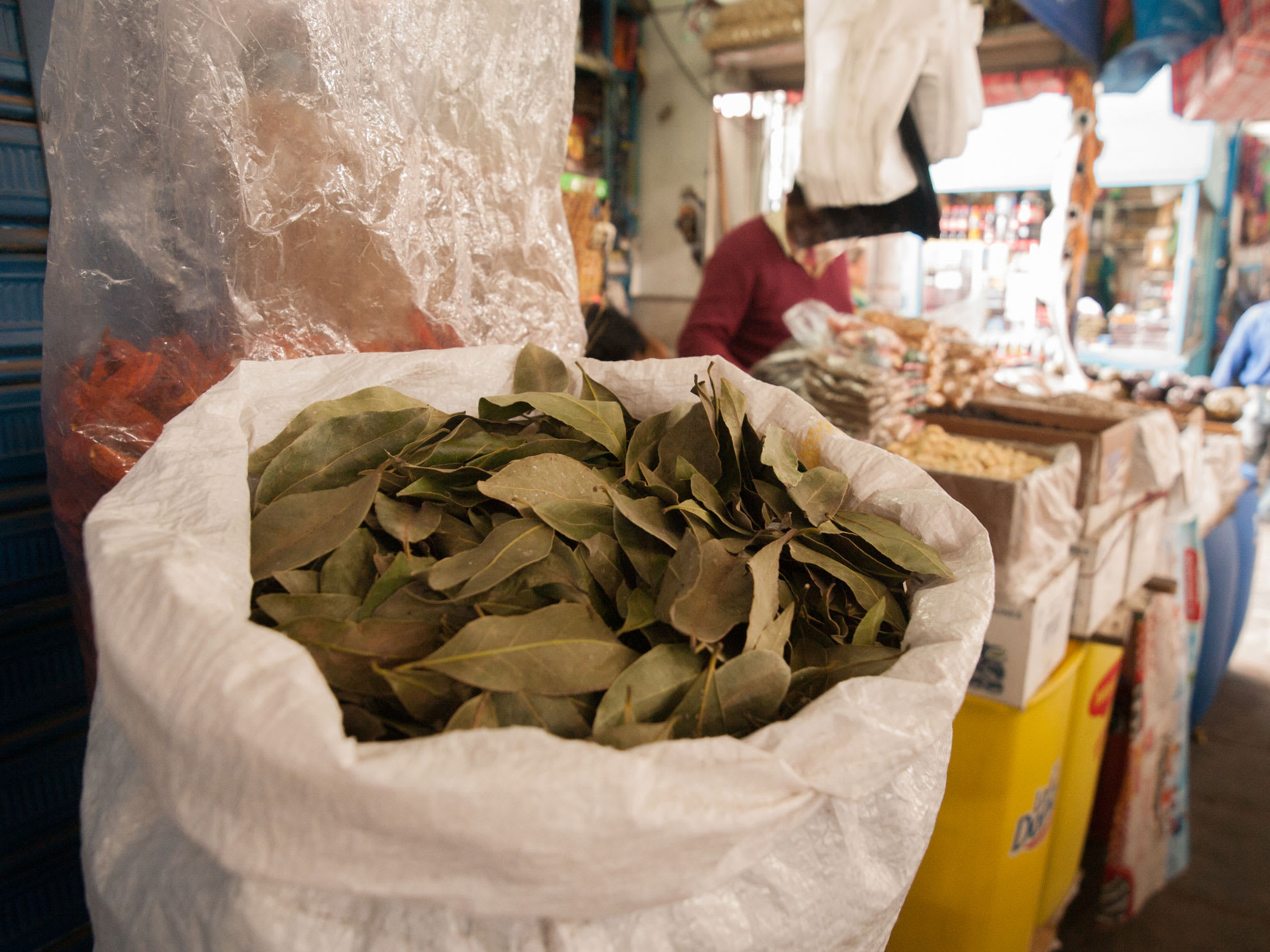
Coca leaves in the market, Cusco, Peru
Of course, the first thing you think of when someone mentions Cusco, Peru is Machu Picchu! And you should certainly visit it while you are in the city. If you do have a spare hour or so, however, look for this small museum, located just off the main square. This strange but interesting place provides an exhaustive history of Coca, a sacred native Andean planet. The locals have used it for centuries, both for religious and nutritional reasons. Those of us in the west know it mainly as an original flavouring in Coca-Cola and the essential ingredient for the production of cocaine. In fact, the museum even shows you how to make the narcotic at home! You can learn the proper way to chew coca leaves (which might help the riders on the South American Epic deal with the next high altitude stretch) and purchase all sorts of coca products from the attached store. Just be aware that many countries will not let you cross a border with the vast majority of these items. If you run out of time, note that both Puno, Peru and La Paz, Bolivia have their own Coca Museums.
Guinea Pig Last Supper, Cusco, Peru

Cusco Cathedral, Cusco, Peru
The Cathedral Basilica of the Assumption of the Virgin, also known as Cusco Cathedral, is located on the city’s Plaza de Armas. Its construction took over a century (1560-1654) and this UNESCO World Heritage Site contains some of Peru’s finest colonial art. Amongst these treasures in an unexpected twist on classic religious iconography. Many artists have tried their hand at painting the Last Supper but in 1753 Marco Zapata, a Peruvian Quechua painter and member of the Cusco School (the tradition of teaching European art techniques in the Americas), portrayed Jesus and his disciples enjoying a local delicacy and an Incan food staple. In the centre of the table lies a cooked guinea pig, lying paws up on a plate. It is a mystery that this image was tolerated by the Catholic authorities, especially at the time of the Inquisition. In addition to the unusual main dish, the purple drink that the disciples have is not wine but instead a traditional Peruvian drink, chicha, which is made from maize.
Olive Grove Forest, San Isidro, Peru

In 1560, not long after the fall of the Inca Empire, Spaniard Antonio de Rivera sailed from Sevilla, Spain, to Lima, Peru with over 100 olive plants. Only 3 survived the voyage but they thrived in the mild climate and by the time Peru gained independence in 1821, they had grown to over 3,000 trees! During the Peruvian War of Independence (1811-1826), the grove suffered badly, mainly at the hands of some departing Spaniards who chopped down and generally mutilated many of the olive trees. However, many of the trees in the grove, Bosque el Olivar, survived and about 1700 still exist today. In the 1920’s the area was subdivided for housing and the new owners integrated the existing olive trees into their front and back yards. Today it is a charming park just 6 km from downtown Lima. It features, in addition to the olive trees, 44 species of trees and more than 20 species of birds, including scarlet flycatchers, blue-gray tanagers and Harris’s hawks. The olives are still harvested and distributed throughout the neighbourhood.
Glaciobar, El Calafate, Argentina

Perhaps you have tried Iceberg Vodka, a Canadian spirit produced using water from icebergs harvested off the coast of Newfoundland? Perhaps, but have you enjoyed a tipple at the world’s only bar made completely from glacial ice? If you make it to the southern Argentinian town of El Calafate, be sure to head out to the Glaciarium, a modern glacier interpretation centre, located about four miles out of town, just off the road that leads out to the Perito Moreno Glacier. In addition to its informative multimedia exhibitions explaining how ice is formed and how glaciers move and shape their surroundings, the building hosts the Glaciobar, the world’s only bar made completely from glacial ice, including the seats, tables, and the glasses. Capes, gloves and boots are provided but your stay is limited to 20 minutes. It is not everyone’s cup of tea – one reviewer wrote – “In the museum is an ‘ice bar’ which is tantamount to a big industrial freezer where, after paying to enter, you can drink all you want for 20 minutes. Better to go to a restaurant and ask for a cold mug of beer.”
RELATED
TOUR
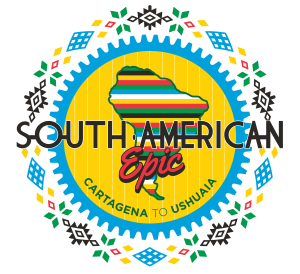
South American Epic
This challenging expedition offers you the best opportunity to explore the vastness and diversity of South America by bike. In keeping with the TDA...
 REGISTER NOW
REGISTER NOW



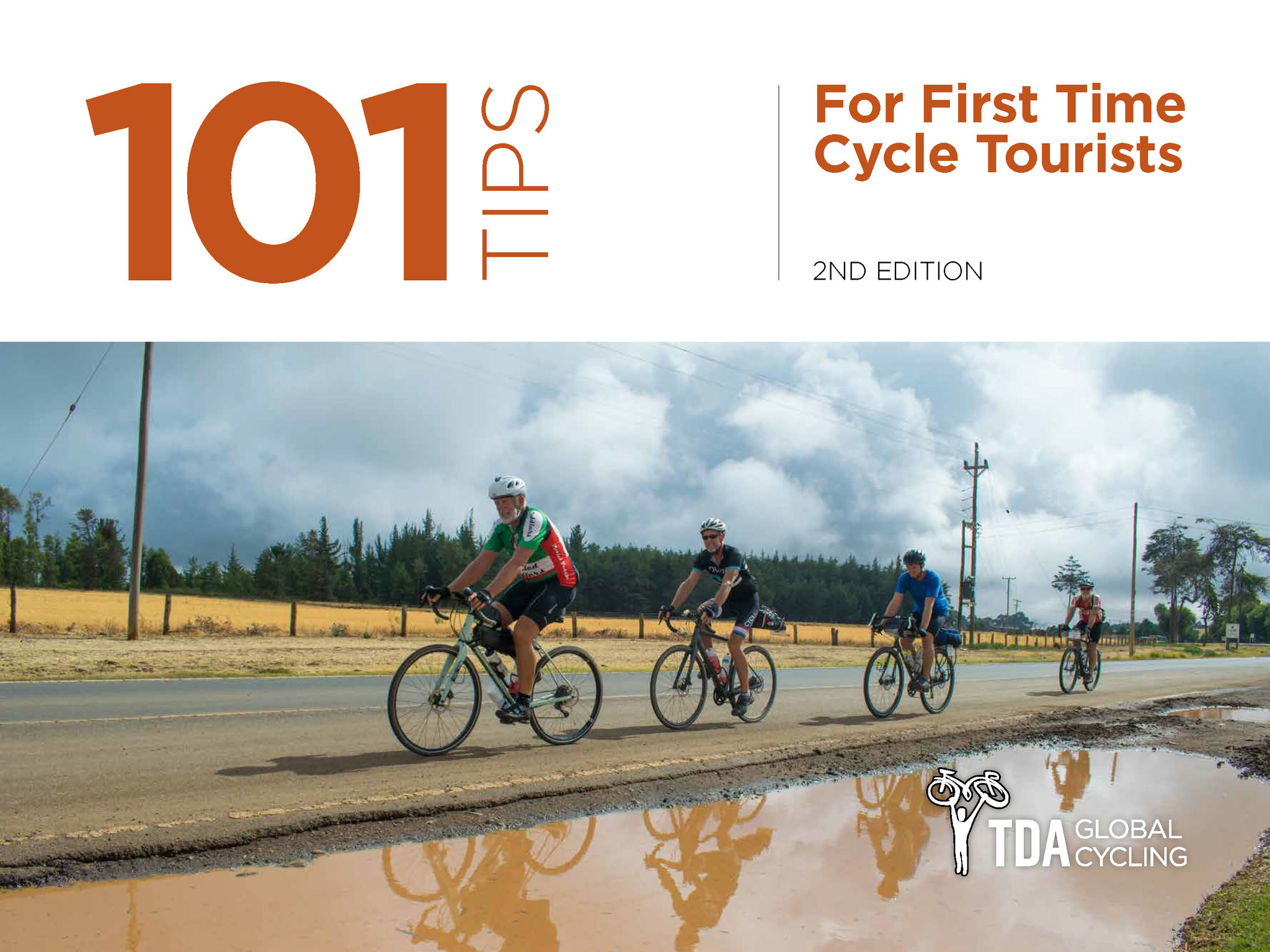
Leave a Comment for "Foodie Fun On The South American Epic"